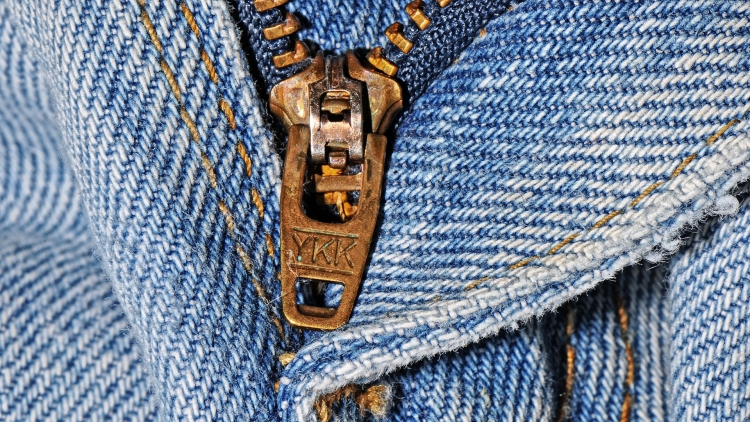Save the Earth, Wear Less

Try this right now: visualize every clothing item you own.
Now think of when you bought each item, and how long it held up.
Having trouble?
Let slow fashion be a solution.
What is it?
Slow fashion, according to Study New York, encourages "slower production schedules, fair wages, lower carbon footprints, and (ideally) zero waste". Slow fashion is the opposite of fast fashion, in which cheap clothes are made and sold rapidly. This type of rapid consumption breeds impulse buying.
When you think of the "essential" items you actually wear, how many of them are trends that faded? Clothing items worn the least are often impulse purchases made because the low price justifies the buy, especially if the item is "on trend." Cheap prices are made possible through cheap production in sweatshops overseas. Furthermore, the quality of the garments is often questionable. Constantly replacing cheap purchases with cheap purchases outweighs the short-term benefit of spending $9 on a top.
Why you should care
According to Reformation, a sustainable fashion brand, the US alone throws away 14 million tons of recyclable clothing a year. Garments that are thrown away sit in landfills and take anywhere from 30 to 200 years to decompose depending on the type of fabric. Buying more expensive garments that are higher quality (and will therefore last longer) helps reduce this massive waste and benefits the environment. However, the problem with this is not everyone can afford to lay down $70 on a top, or $100 on a dress regardless of how well the item holds up.
How to actually afford it
Some big-brand names have eco-friendly shopping options. For example, Urban Outfitters has a vintage section on their site which offers re-purposed garments. However, sustainable brands like Reformation, Zady, and Everlane have higher prices to maintain environmentally-friendly methods of manufacturing fabrics and just as importantly, to pay workers a fair wage.
Sustainable brands usually manufacture clothing in their country of origin to avoid outsourcing and sweatshop production. To afford these prices, take buying slow literally: purchase one item at a time. Spending a little more forces you to make sure that you truly need an item.
Image Credit: Avery Kostic
Jeans are a staple because they last a long time and can be worn more than once a week. These jeans were $60 (bought on sale) from Rag-and-Bone. The tops were both $28 from Reformation. A lot of sustainable brands have more affordable basics.
Image Credit: Avery Kostic
Not feeling jeans? Skirts can be worn more than once, too. This skirt is from Reformation and was $68 on sale. Waiting for sustainable brands to hold sales is a nice loophole for those who can't meet the original prices.
Four items can go a long way, I even found that I was less confused when picking my outfit in the morning and didn't feel guilty about trying to justify an impulse buy. I felt laid back, and most importantly, I felt comfortable. Buying slower makes you wear slower.
Until all big brands turn to sustainability (which may be sooner than you think, considering Zara just released a sustainable line), spending more than usual might be unavoidable when it comes to slow fashion. However, this does not mean that those with less to spend are exempt from participating in an important movement. So from one student to another: buy less and wear more; you'll save the environment and still be able to look good doing it.









